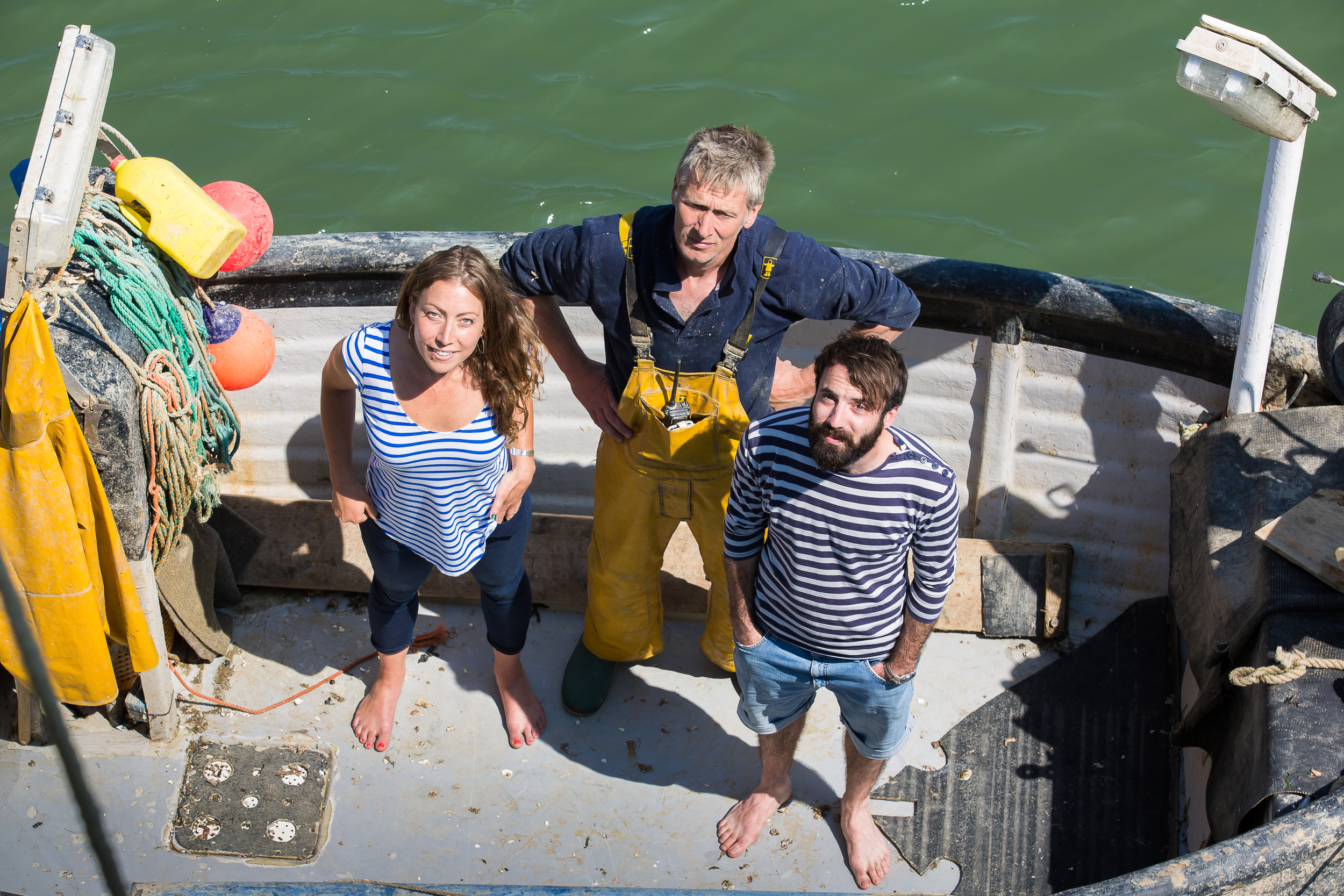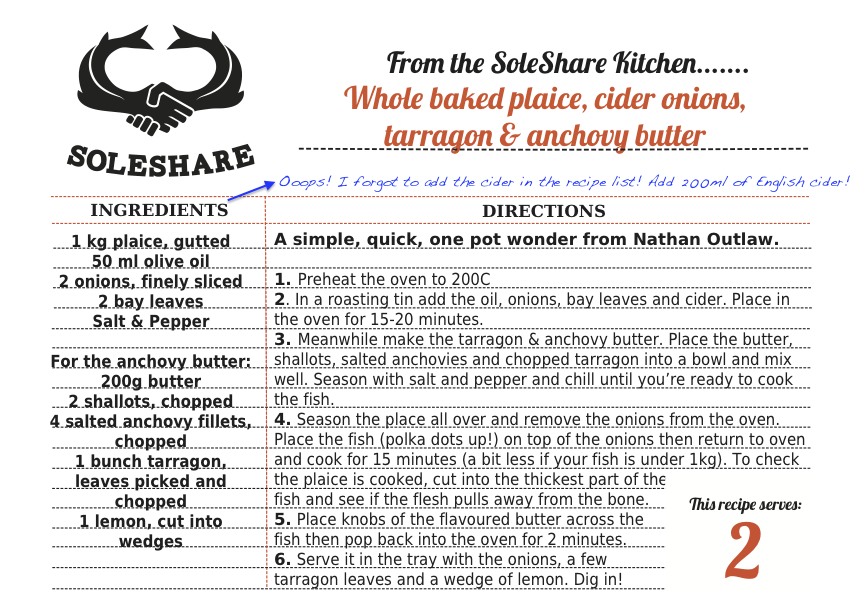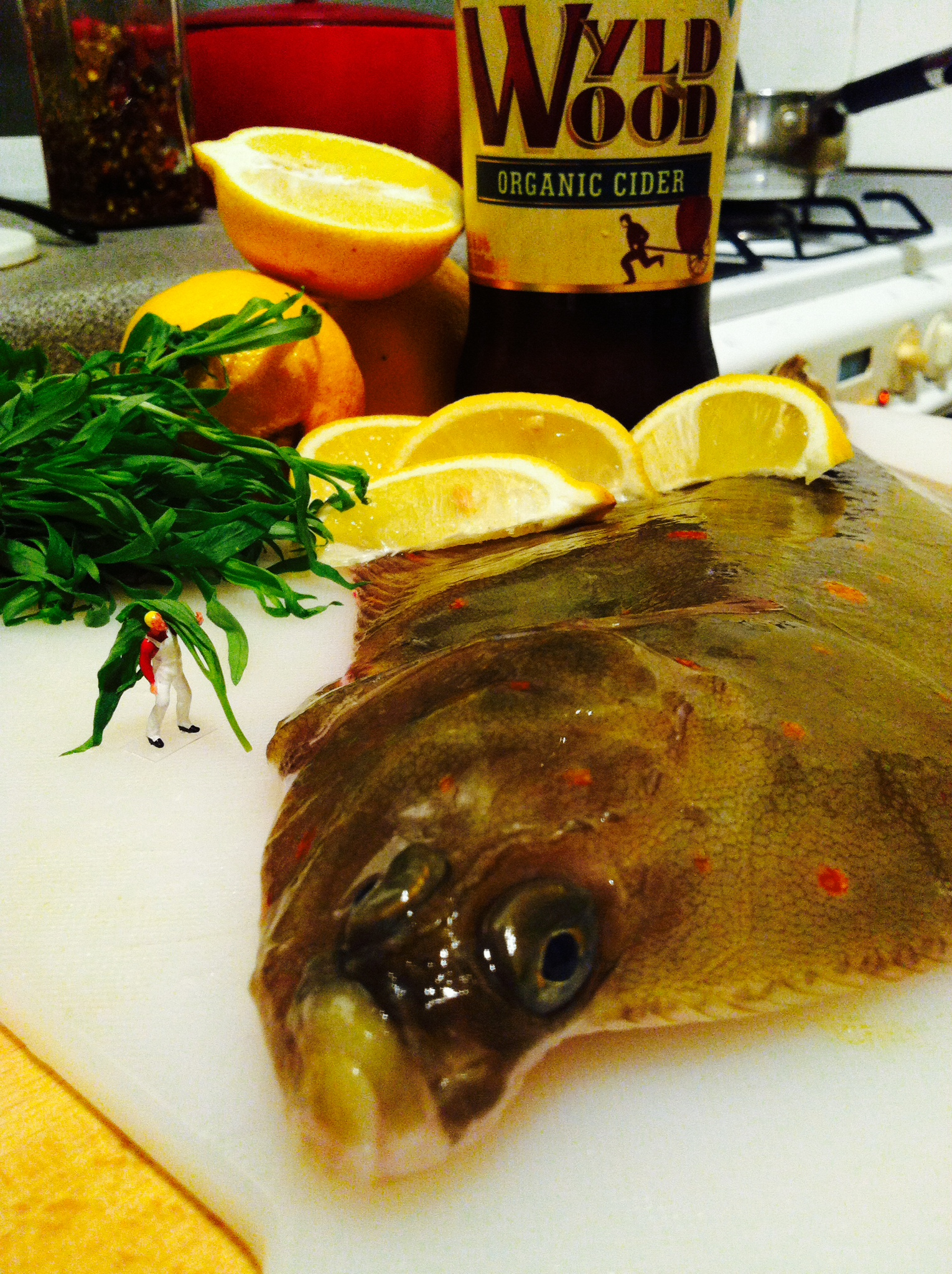
BLOG
National Vegetarian Week
I know a lot of people who have abandoned animal protein altogether- not because they have issues with the ethics of eating animals, but more because they worry about the sustainability of it all.
Animal agriculture is the single largest contributor to climate change- the methane they give off is 21 times more potent a greenhouse gas than carbon.
The soy needed to feed them is a cash crop in the tropics, where native habitats are clear-cut to grow it.
Large scale use of anitbiotics to prevent animals kept in hideous conditions from getting sick could have dire consequences for future (human) epidemics.
The numbers of large, predatory fish have declined globally by 90% and fish farming, still a young industry, is far from reaching standards many of us find acceptable.
Fair enough, on the whole and especially in the States, the food system has become a monstrous beast. It takes in a horrifying amount of resources and produces a terrifying amount of waste, purely to make cheap meat available to a growing class of people who eat meat three times a day. I can see where the vegetarians are coming from. But let’s think about the logic of the argument.
We have three categories of people, those who refuse to eat meat, those who will eat meat regardless and a third group who eat meat responsibly.
By responsible meat consumption, I mean people who eat animal protein a few times a week. They spend good money on good quality meat products. They’re happy to spend more as the meat is delicious, it’s had a good life and hasn’t been intensively reared and pumped full of hormones to make a quick buck.
To grow animals in this way takes time and money. The farmers that do it have the same morals as the responsible meat eaters- they don’t want us to slide into the US system of cattle lots and hog ranches.
It’s the same with fishing. You can fish responsibly in harmony with the sea and the seasons, or you can hoover up everything you find or grow fish in pens and feed them on drugs and other ground up fish.
Here’s the crux of my argument. For every person that gives up eating meat, we lose someone from the responsible meat eater group. The group that doesn’t care grows larger and the group that does care grows ever smaller.
As less people buy responsibly sourced fish and meat, the people who were providing it are unable to make a living. They chuck in their jobs, sell it to larger interests with no concept of sustainability or they’re forced to cut costs and corners to sell their products to the supermarkets.
What happens then? The unaccountable food industry tightens its grip and takes over the entire supply chain.
No more small farmers, no more small fishermen, no more local produce. Just cheap, homogenous, bland food.
‘Ah’ say the vegans, ‘but if everyone gave up animal protein then the world would live in harmony’.
We’ll never stop the world from eating meat. It’s too delicious and most people don’t give a damn. A more pragmatic approach is to eat less meat. Eat better meat and eat meat better.
If we only ate meat two or three times a week, it would have the same effect as two thirds of the world going vegetarian. But we’d still all eat meat and not bore anyone with our sanctimonious tirades.
You won’t find many fishmongers telling you this, but we need to eat less fish. We need to eat less animal protein full stop. When you buy animal protein of any kind, make sure you know where it came from, what it’s life was like and whether it’s a good idea to be eating it at all. Chances are you won’t find any of this information in the supermarket, so go and support a local independent retailer instead!
Quota quotes
Today the New Economics Foundation published a report on fishing. It says that if we reduce fishing pressure (ie catch less fish) then in ten years, stocks will recover to a point where we’ll actually catch more fish.
It also argues that small-scale fishermen, who use low impact methods (like the ones we work with here at SoleShare), should be given more quota than they currently have, so they would be allowed to land and sell more fish. This would obviously mean taking quota away from the bigger trawlers whose methods use more energy, have greater impacts on the marine environment and employ less people.
This isn’t some loony left wing idea either. The Common Fisheries Policy, the piece of European legislation governing fishing in our shared seas, actually set out to do this across the board, starting in January.
As you can imagine though, the vested interests of the large fleets want to hold on to their quota. Bertie Armstrong, head of the Scottish Fishermen’s Federation (the big industry body) has said:
"Redistributing quota is a bit like saying to a farmer who has looked after his land and invested in his business over generations - thanks for all you have done and your stewardship of the land, but we are now going to take away your fields and give them over to allotment farmers."
Well it’s not. The Common Fisheries Policy and the industrial trawler barons it has created have done little to help fish, fishermen or the wider marine environment. The past 20 years has been a mess. Those in charge, who have grown fat on the subsidies and found themselves in positions of power are obvious advocates of maintaining the status quo.
Mr Armstrong is also purposefully framing the issue in this certain way. By aligning fishermen with farmers, it instantly conjures up images of Mugabe’s reallocation of farms in the 90’s. A policy move which moved Zimbabwe from the breadbasket of Africa to one of the world’s most food insecure nations.
This is harmful rhetoric and totally irrelevant. We’re not giving quota to people who’ve never gone fishing before. We’re simply taking some of the quota from the big boys and giving it to the inshore fleet.
Remember the UK inshore fleet makes up 80% of the UK fishing fleet, yet only gets to catch 4% of the fish. One single (Dutch) vessel, the Cornelis Vrolijk has 6% of the UK quota, more than the whole inshore fleet combined! And it employs a handful of people.
Inshore fishermen fish on the same patch of sea every day. It’s in their interest to look after it, because they rely on its underlying health to supply them with the fish they catch. While the way they fish is more environmentally sustainable, it’s not economically sustainable. We set up SoleShare to give them more money for the fish they catch, but if they’re not allowed to catch any fish, there’s not much we can do!
Don’t get me wrong, I'm not saying we should transition to a fleet made entirely of small dayboats, but we need to make sure we have a resilient, profitable inshore fleet. We need a mixture of larger and smaller vessels. They serve different needs and a healthy mix is best for supply, best for the seas and best for employment in the industry.
At the end of the day this is about the right to fish. The fish in the sea are not owned by fishermen. They are as much ours as they are theirs, they’re a public good. It shouldn’t be up to Producer Organisations to say who gets to catch what, we need a fairer more transparent system.
Greenpeace are currently fighting a legal battle to find out exactly who owns all the quota in this country. The government, despite a number of Freedom of Information requests have stayed tight lipped on the matter. Why, we don’t know. Maybe Putin owns it all, or ISIS, or the French government.
What we do know is that no matter who owns it, those who control it have done a terrible job with it over the past few decades. The number of fishermen has declined and the number of healthy fish stocks with it.
Redistribution shouldn’t be a dirty word. We should just reward those that do a job well with the ability to do the job even better.
Tough times for our inshore fleet
At SoleShare, we work with independent inshore fishermen. The inshore fleet’s been steadily declining for years and we started our Community Supported Fishery to give them a steady and stable market with fair prices for their fish.
A few weeks ago, the tail end of Hurricane Gonzalo reached our shores, bringing with it gale force winds. Our guys spent a good few days unable to fish. Weather’s always problematic for dayboats and it’s something that they factor into their daily life.
A week after hurricane Gonzalo, another storm hit the south coast and this time, no one saw it coming. The Marine Management Organisation (MMO), who are in charge of quota for the UK fleet, decided to close the inshore fisheries for skate and plaice in Sector VIId.
VIId covers the Eastern English Channel and is where the majority of our fishermen operate. And the inshore fleet had caught all their quota (the slice of the pie that's divvied out between all the boats in Europe). As a result of this closure, they’re not allowed to land any plaice or rays. Both of these are mixed species fisheries. One of our fishermen uses 6 inch tangle nets to target large plaice, soles and cod, but it’s really the soles he’s after.
Same goes for the skate fishery, the 10.5 inch trammel nets they use, not only catch skates and rays but turbot, halibut and brill- all three of which command a much better price on the dock.
The fishermen are faced with a problem, stop setting ground nets to make sure they don’t catch any plaice or rays, or simply discard the ones they catch and keep the more lucrative species.
Luckily, the static gear used by most inshore boats mean that the majority of the plaice and rays thrown back into the sea will survive, still, many won’t.
There’s an old adage in fishing- it’s hard to be green when you’re in the red. With crews to pay, loans on boats and mortgages to think of, the fishermen are put in awful position.
These guys haven’t done anything wrong, they fish using some of the most environmentally sustainable techniques possible, but it’s problems like this that make their way of life economically unsustainable.
Greenpeace have recently started a campaign to make sure our new fisheries minister, George Eustice makes sure quota allocation is done in a fairer way, with a larger slice of the pie given to smaller, more sustainable fishers. It’s one that we fully support. We need new measures to ensure the survival of the inshore fleet, we give a helping hand to a small number of fishermen, but we need policy changes to really secure their futures and the future of their industry.
This example should put things into context:
There are around 12,000 inshore fishermen in the UK. They share 4% of the total UK quota of fish.
The Cornelis Vrolijk (on the left) is a Dutch trawler that flies a British flag. It has 23% of the UK fish quota. It lands all its fish in Holland.
So one trawler, employing just 55 British crew has over FIVE TIMES as much quota as ALL the inshore fishermen in the UK.
Does that seem fair to you..?
It's issues like this that have enraged fishermen all over the south coast. Many want to see us withdraw from the EU and take control of our own fish stocks. However, it's much more important that we actually get involved with EU negotiations to ensure a fair deal for our small scale fishermen.
Please support the new Greenpeace campaign, we will be.
Picklemonster
I over ordered slightly this weekend and was left with half a dozen mackerel at the end of the day. I love mackerel, I could eat them every day. They're an incredibly versatile fish and while I've tried my hand at most things, from ceviche to escabeche, I'd never got round to pickling them.
The thought of soused seafood can be off-putting enough for some people, but knowing it's been done by an eccentric amateur can really add to the concern. Still, I thought I'd plunge in with two very different techniques: one Japanese, one Scandinavian.
The Japanese shime saba is possibly the best thing I've ever done with mackerel. It's super easy, pretty quick and the melting texture and subtle flavour are really quite something. Please do give it a go, it will blow your mind.
At the time of writing, I still haven't had a chance to try the Scandinavian pickle (it's still ruminating in the fridge). But will do a 'how to' in a couple of days (once I can guarantee it's deliciousness).
Shime Saba (Japanese cured mackerel)
Enough for 4 as a starter
I once ate mackerel raw, on a boat, seconds after dispatching it. It was great. According to the Japanese, that's the only way to do it. As soon as the fish has been landed, they wouldn't dream of eating mackerel as traditional sashimi, it's always cured before it is made into sushi (new to me too).
Two fresh SoleShare mackerel from Martin
Mackerel deteriorates quickly and within a few days, it can become quite pungent and fishy. This ancient curing technique is used to prevent that. Obviously, the freshness of the mackerel is key here. If you got it from us, then obviously, it's probably still gleaming. If you're not a member of SoleShare however, go to a local fishmongers, this time of year, they should have some.
Ingredients:
2 mackerel
Salt
1 Lemon
A cup of rice vinegar
2 tsp Sugar
Ziplock bag
1. First off, fillet your mackerel (don't know how, join us for a filleting workshop). Make sure to remove the rib bones from the side of the fillet, don't worry about the pin bones running down the middle though.
2. Lay the fillets on a rack and salt generously on both sides. Pop this on top of a dish (the salt will draw water from the flesh and it'll drip). Leave the fillets to cure for an hour. Once they're done, they will be noticeably firmer to the touch.
3. After they've cured for an hour, gently rinse the salt from each fillet under a cold tap. Pat the fillets dry with kitchen towel and pop them in the ziplock bag.
4. Using a potato peeler, pare off a few strips of lemon rind (half a lemon's worth) and add them to the ziplock bag as well.
5. Pour in enough rice vinegar to cover the fish and lemon and sprinkle in a couple of tsps of sugar. Seal the bag and pop it in the fridge for 45 minutes.
I used Chinese rice vinegar, still tasted great
Squeeze the air out of the ziplock bag and you'll need much less vinegar than you would using a dish.
6. After 45 minutes of marinating, the acid from the vinegar will have cooked the outside of the fish and it'll look opaque. Lay the fillets on a chopping board and gently rub the corner of the shiny side, until the skin starts to come away. Pinching it, gently pull the skin from the fillet lengthways and discard.
Rack marks provide handy cutting lines
It's been 'cooked' on the outside by the vinegar.
7. Most sources I checked suggested removing the pin bones that run along the middle of the fillet. I skipped this step (by this point I was ravenous) and didn't notice them.
8. Finely slice the fillet into equal portions about a centimetre in length. Try to do this at an angle. The rack I used to cure the fish left some handy indentations which I used as a guide (see above).
9. Plate up, skin side up and serve with soy and wasabi. Prepare your mouth for a flavour bomb.
It tastes even better than it looks.
A plaice for us
This weeks catch was brought to you by Martin!
Martin has helped us lead this season’s filleting workshops, so some of you have met him already. For the rest of you, introducing Martin…
Martin fishes out of Newhaven on his 16ft open boat, Violet May. He shares our ideas when it comes to responsible fishing methods and sustainability and he's about as low impact as they come. All his fish are caught using a rod and line or static gear.
Martin's top catch this week was PLAICE...
And this week's fave plaice recipe brought to you by Nathan Outlaw...
And... SoleShare fish will now be getting chefed up on Thursday nights at Frizzante, Hackney City Farm!
Their fish dish this week: 'Fillet of plaice from Sole Share, our local Community Supported Fishery, baked in a bag with fennel, potato and cherry tomatoes, served with a seasonal salad'.Now that's a plaice for us!
Sea you back here next week.



















